SPS (Small Polyp Stony) corals are some of the most beautiful corals to keep in a reef tank. They have amazing coloration and growth patterns that liven up any aquarium. However they are among the most difficult corals to care for and that air of difficulty surrounding them makes reefers who would aspire to keep them reluctant to try their first frag. As a reefer who pulled the trigger on keeping SPS and absolutely loves them I’ll attempt to help would be SPS keepers learn the basic ins and outs of keeping these amazing corals.
Most SPS corals that are seen in the hobby are native to the Indo-pacific region of the world in shallow waters surrounding islands and coasts such as Indonesia, Australia, Fiji, etc. Stony corals in general are important ecologically as they make up the very foundation on which the reef itself is built with their calcium carbonate skeletons. The structures that these invertebrates build are essential safe havens for many species of fish and invertebrates. In the hobby, SPS represent the highest tier of care for most reef keepers. They are in some cases very demanding to care for but are very rewarding when successfully grown in an aquarium.
(See all photo credits at the end of article.)
The question now is how to keep them. SPS, in general, are found in shallow water reefs in the wild, where there is abundant sun light and flow from the crashing waves at the surface. As such when these corals are kept in a reef aquarium they require strong light and strong flow. Lighting can be provided by LEDs such as Ecotech radions and AI Hydras, or through T5 lights. Flow can be provided by any strong powerhead such as Ecotech vortech pumps, or sicce voyagers. Flow is important because as SPS colonies grow they can collect detritus in their structures and if left unchecked can actually kill tissue in certain areas if not swept out by adequate flow. Filtration is extremely important for keeping healthy SPS. Nitrates and phosphates need to be kept to a minimum as they can irritate SPS tissues, phosphates especially hinder skeletal growth on SPS. Filtration should include an adequate protein skimmer as well as the use of chemical media like GFO (granular Ferric Oxide) to remove phosphates specifically.
It’s not just about what you remove from your tank, its also about what you add to keep your corals healthy. SPS require the addition of calcium, magnesium, and carbonate (alkalinity) continuously so that they may build their skeletons. Levels are as follows for optimal health and growth; calcium at 400-450 ppm, magnesium at 1400-1450 ppm, and an alkalinity of 8-12 dKH. This is typically done in two ways. The first is the use of a calcium reactor which uses carbon dioxide to break down aragonite into calcium and alkalinity to be used by your corals. The other method is to use a dosing pump which adds certain amounts of calcium, alkalinity, and magnesium at certain times. Organic elements need to be introduced as well. I prefer using both planktonic foods and liquid foods. SPS are quite capable of catching small planktonic organisms and benefit from target feeding. My personal favorite food is Polyp Lab Reef Roids as SPS respond well to it. As for liquid foods, my go-to is Red Sea Reef Energy A and B. This is a supplement that introduces carbohydrates that function as an energy source for respiration and amino acids, which are the building blocks of all proteins essential in tissue growth.
There are a few genera of SPS corals that are commonly available in the hobby. The first coral that many SPS keepers start with are montipora corals. The ever famous Montipoa capricornis is still a mainstay in the hobby with its amazing “shelfing” growth pattern. Monti caps also come in a wide variety of colors and patterns, many of which are available at the store. Another species that isn’t commonly seen is M. setosa which has a very nice burnt orange color and what can only be described as a random growth pattern. They table, plate, branch, and encrust. Pretty much any growth pattern you can think of M. setosa can do it.
The next few genera which are all quite similar in terms of general care and appearance are Seriatopora, Pocillopora, and Stylophora. They form tight-knit bush like colonies with their branches and display a great deal of polyp extension as well. These corals are usually forgiving in terms of water quality and lighting and will grow very rapidly if properly cared for. Seriatopora, otherwise known as birdsnest corals, have pointed tips to their branches that distinguish them from the other two genera mentioned here. Stylophora and pocillopora both have rounded tips on their branches but styophora has much thicker branches than pocillopora has. These three genera are the best beginner SPS to start with and are for most SPS keepers the very first that start their SPS reefs.
The last genus I’ll mention is Acropora, probably the toughest, but the most beautiful of all the SPS corals to keep. Acropora are the corals that give all SPS the stigma of being very difficult to care for in general. These are the corals that need the best as far as equipment and husbandry regiments are concerned. They require strong lighting and flow, very clean water, and abundant supplements being provided for them as unlike the other genera mentioned they are not very forgiving. But while challenging to keep they are, for sure, the most rewarding. They have striking colors ranging from single shades to a swirling rainbow of reds, blues, pinks and oranges. They also have amazing growth structures, they for massive, flat table structures and dense stag horn like growths with their long branches. Acropora definitely represents the crown jewel of all SPS in the hobby, going with their need to be kept like royalty.
SPS corals represent the foundations of the worlds shallow reefs and reefers can keep these corals and recreate this environment at home. As long as you are willing to the time and effort into caring for them , you’ll be able to grow large, beautiful colonies of your own. Come into the store and speak to our M-1 staff about getting started with your own SPS reef!
(Photo credits, from top to bottom: (1) Australian coral reef, photo by Zack Rago. (2) Coral reefs in the Phillipines, photo by Seweryn Lukaseiwicz. (3) M. capricornis housing a Pale-Head Blenny, photo by author. (4) M. setosa, photo by reefbum. (5) Seriatopora hystrix, photo from Wikipedia. (6) Stylophora pistillata, photo by author. (7) pocillopora damicornis, photo by Than Thein, Tidal Gardens. (8) Acropora efflorescens, photo by author. (9) Acropora tenuis, photo by author. (10) Acropora sp. “green slimer”, photo by author. (11) Acropora sp. “red planet”, photo by author. (12) Acropora caroliniana, photo by author.)

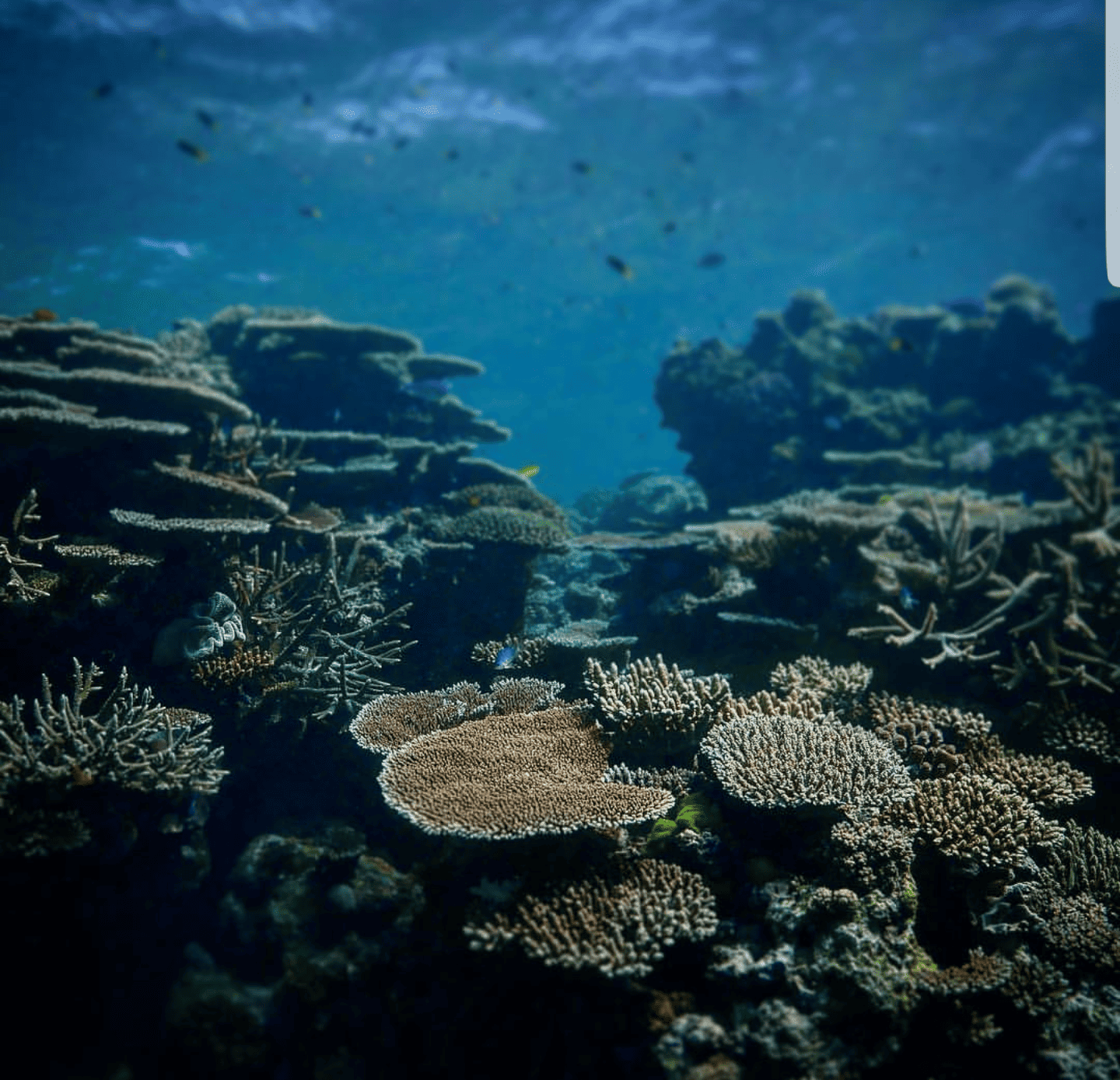
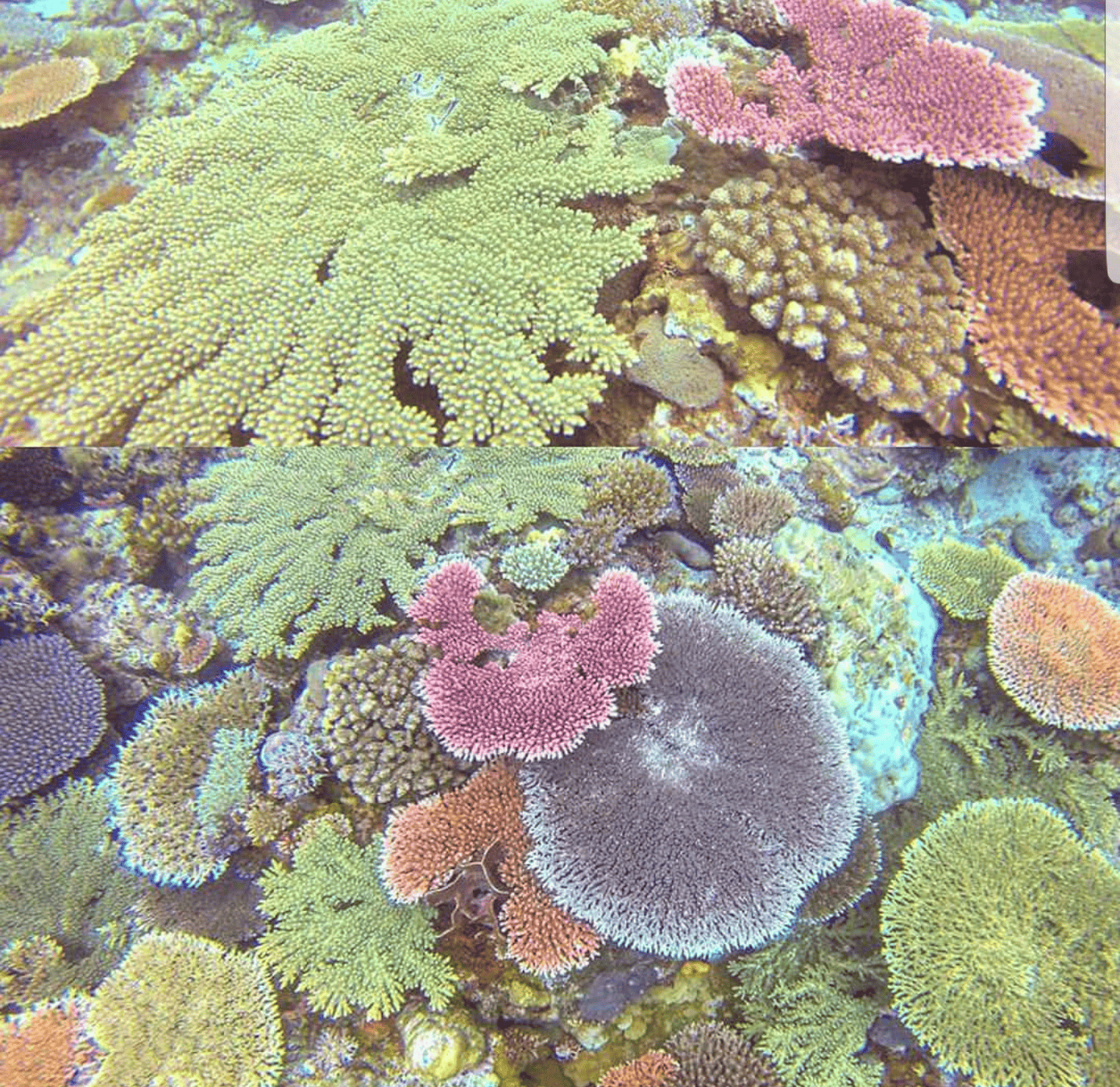
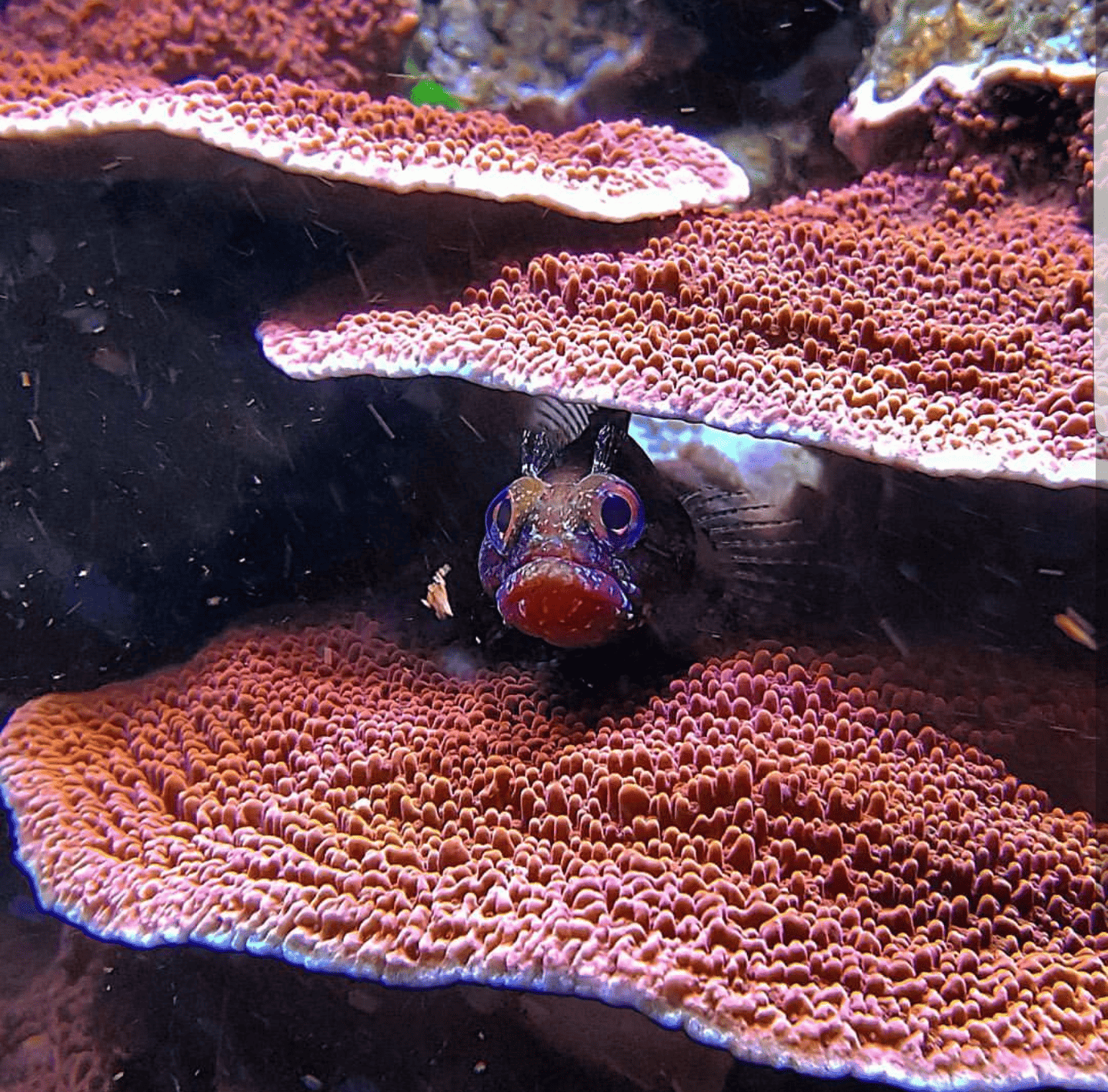
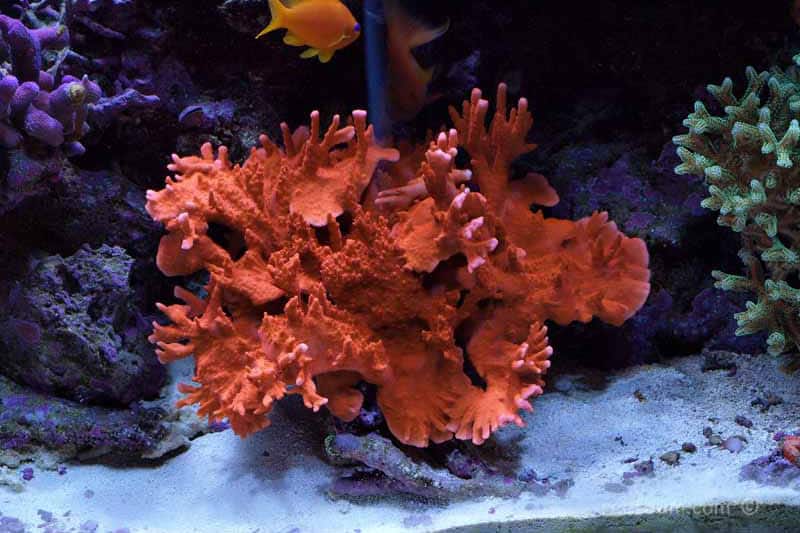
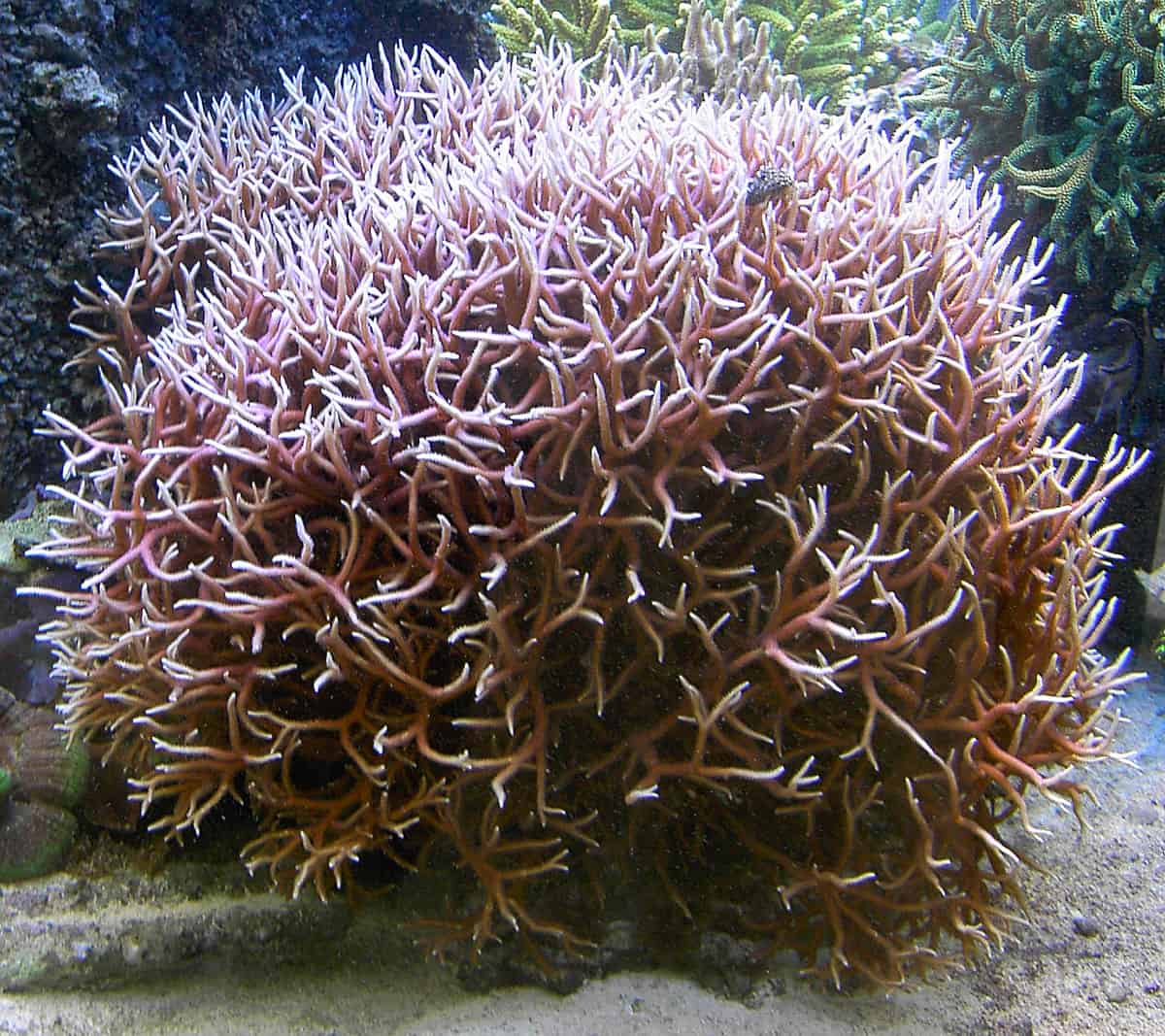

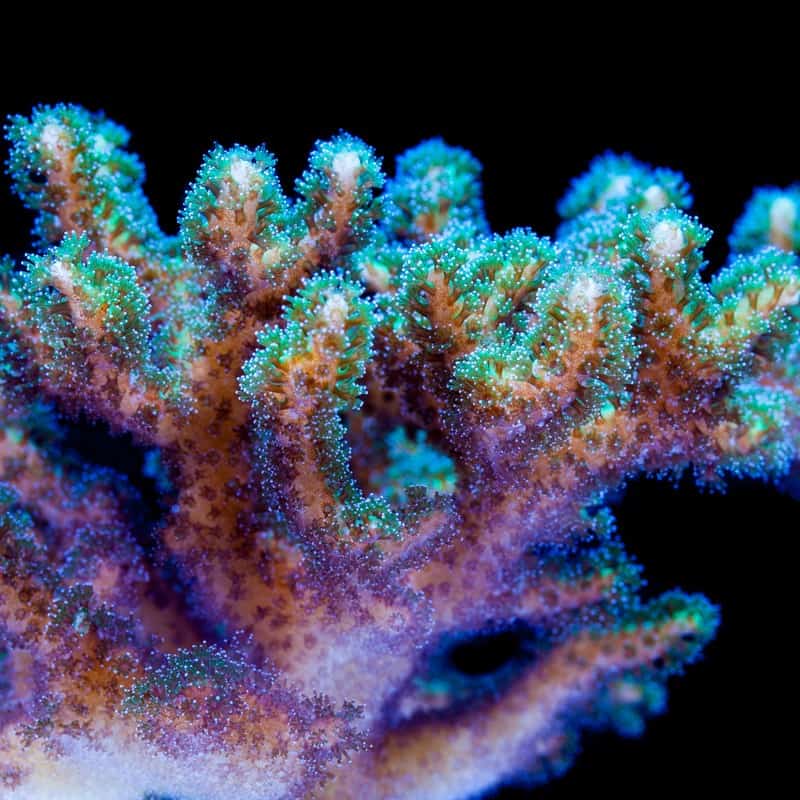
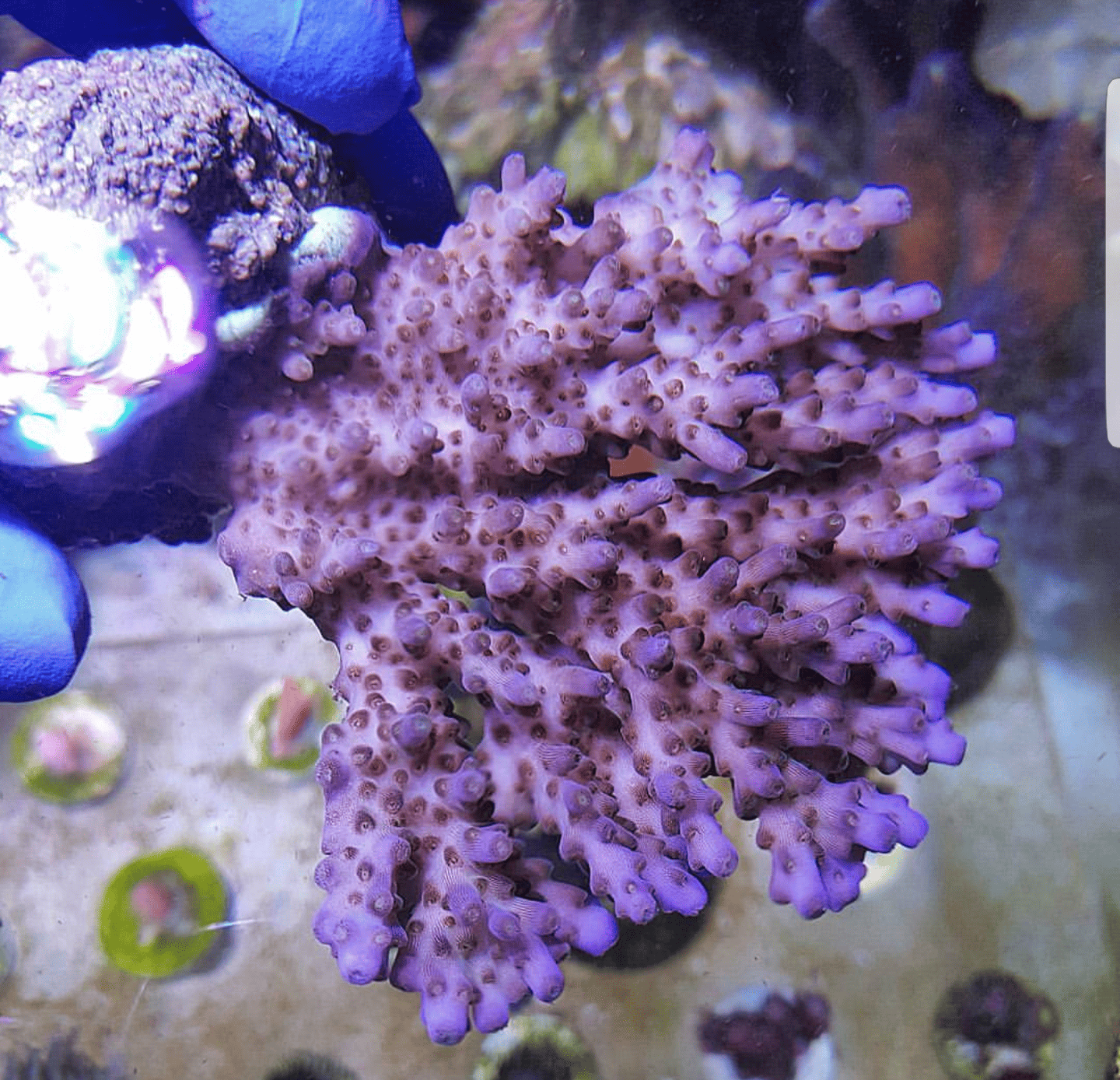


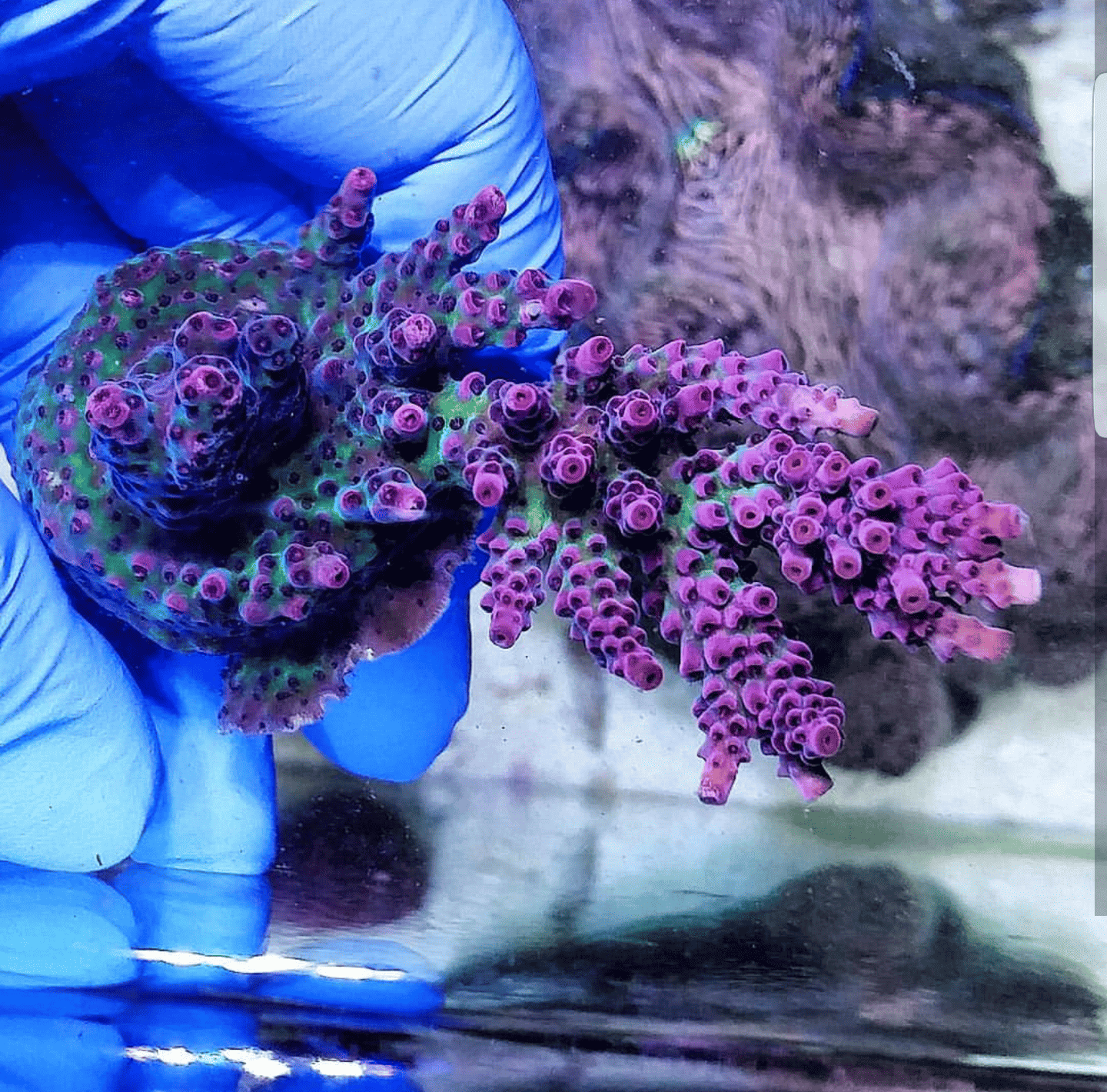

I have a male 3spot blue gourami🔵 and Female opaline gourami🔵.